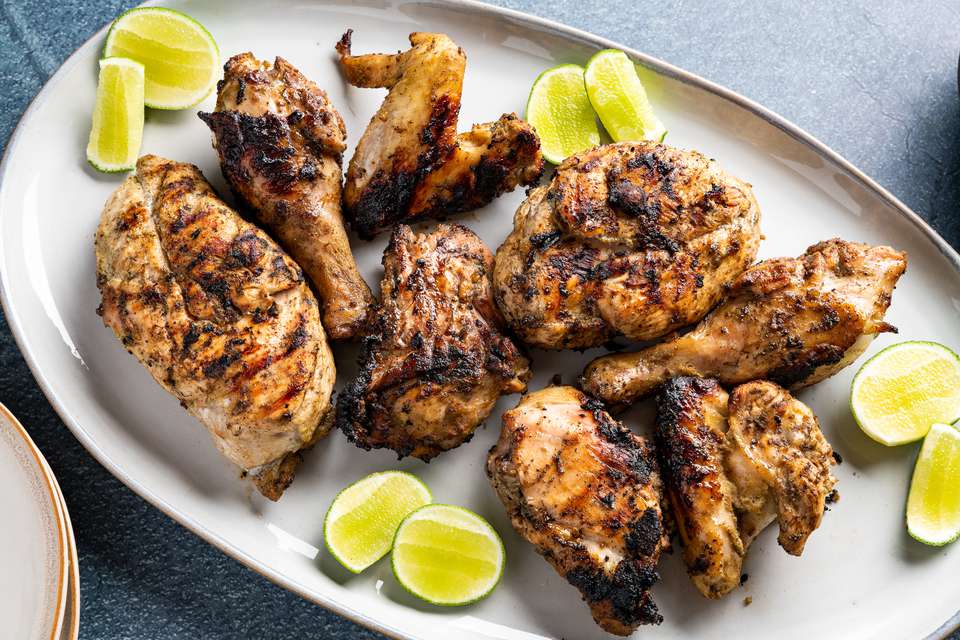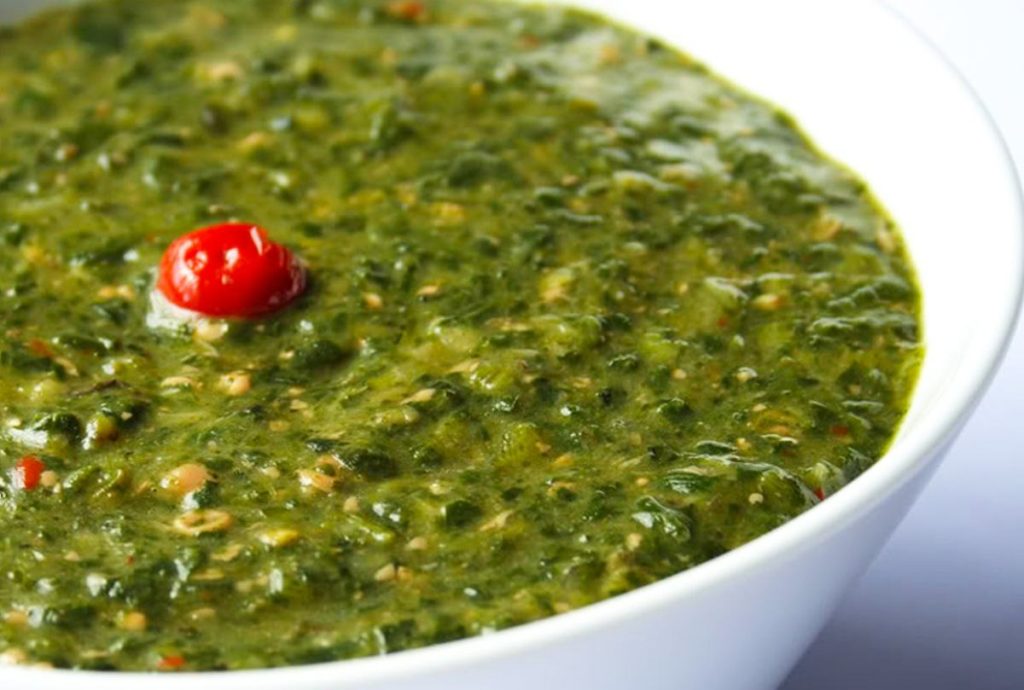The gastronomic guide of the Caribbean: A culinary journey through the islands
1. Introduction
The Caribbean is a melting pool of cultures that has given rise to one of the richest and most diverse cuisines in the world. The cuisine of this region reflects centuries of history, fusion of flavors and the use of fresh and native ingredients that grow in its tropical climate. From indigenous dishes to African, European and Asian influences, Caribbean food is a true representation of the cultural heritage that these islands have preserved over time. This culinary journey takes us to explore the most iconic delights of each island and to discover how cultural diversity has shaped a unique and vibrant gastronomy.

2. Native flavors of the Caribbean
Caribbean cuisine is based on fresh ingredients, available locally, such as fish, seafood, bananas and coconut milk. These ingredients are the basis of many traditional dishes. In islands like San Andrés, the freshness of seafood is reflected in dishes such as fried fish and ceviche, prepared with fresh fish and accompanied by rice with coconut and fried bananas.
The use of coconut milk in sauces and stews is a technique widely used in the region. The rondón, for example, is a typical dish on many islands, combining fish, tubers and bananas cooked in a delicious coconut sauce. The combination of these local ingredients reflects the simplicity and freshness of Caribbean cuisine, where the fresh product is always the protagonist.
Another key ingredient is the banana, used in various forms, such as tostones (fried green bananas), mature (fried sweet bananas) or mangú (green banana puree). Bananas accompany a wide variety of dishes, adding texture and flavor to meals, from the Dominican Republic to Cuba.
3. Iconic dishes from the main islands
Each island has its own repertoire of dishes that are not only popular locally, but also represent its cultural identity.
Jamaica is known for its jerk, a preparation of chicken or pork marinated in a mixture of spices such as Jamaican pepper, garlic and thyme. The meat is cooked slowly on coals, which gives it a characteristic smoky and spicy flavor. The jerk is an emblem of Jamaican cuisine and is served with rice and peas or bananas. In addition, the ackee and saltfish is another iconic dish of Jamaica, where the ackee fruit is combined with salted fish in a tasty breakfast that reflects the culinary richness of the island.

In Puerto Rico, rice with gandules and pernil are essential in family celebrations and festivities. This dish, composed of rice, peas and seasoned pork, is often accompanied by tostones and salad. The mixture of flavors and the Spanish influence in Puerto Rican cuisine is evident in this dish, which is a national favorite. In addition, you can’t talk about Puerto Rico without mentioning its famous piña colada, a tropical drink made with rum, pineapple and coconut cream, which is perfect to accompany the island’s meals.
In Haiti, one of the most popular dishes is griot, a delicious preparation of marinated pork, cooked and then fried until crispy. It is usually served with rice and beans, and is one of the most representative dishes of Haitian cuisine, which has deep African and Creole roots. This dish reflects the influence of African culinary traditions on Caribbean cuisine.
In Barbados, cou-cou with flying fish is the national dish. The cou-cou is prepared with corn flour and okra, and is served with flying fish, which can be fried or cooked. This dish reflects the simplicity of Bajan cuisine, where fresh local ingredients, such as flying fish, are essential. Barbados is famous for its seafood, and the flying fish is so important that it has even been the symbol of the island for many years.
4. Cultural influences in Caribbean cuisine
Caribbean cuisine is the result of centuries of cultural exchange. African roots are reflected in the use of intense spices, such as pepper, and in cooking techniques such as smoking. Many dishes, such as jerk in Jamaica or callaloo in Trinidad, have direct influences from African cuisine. Callaloo, a thick soup made with green leaves and meat or fish, is a clear example of the African-Caribbean fusion.
European influence, in particular the Spanish and French one, is also evident in Caribbean cuisine. In French-speaking islands such as Martinique and Guadeloupe, it is common to find dishes that combine French techniques with local ingredients. In the Dominican Republic, sancocho, a stew of meat and vegetables, has Spanish origins, but has been adapted with local ingredients such as bananas and cassava.
As for the Asian influence, particularly Indian, it can be noticed in islands such as Trinidad and Tobago, where roti is a very popular dish. This flat bread, which is filled with meat or vegetable curry, reflects the influence of the Indian workers who were brought to the island in the 19th century. Roti is just one of the many examples of the cultural mix in the Caribbean, where influences from different parts of the world have merged to create a unique cuisine.
5. The role of fruits and spices
Tropical fruits and spices play a crucial role in Caribbean cuisine. Fruits such as mango, pineapple, papaya and coconut are used not only in desserts, but also in main dishes and salads. Mango, for example, is a versatile ingredient that is used in both spicy sauces and fresh salads or sweet desserts.
Spices, such as Jamaican pepper, thyme and hot peppers, are essential to flavor dishes. Turmeric, ginger and paprika add color and depth to stews and sauces. Caribbean cuisine is characterized by the balance between spicy, sweet and salty flavors, which makes it diverse and tasty.

Cilantro and parsley are also common herbs in the region, used to give a fresh and aromatic touch to dishes. These herbs are essential in the preparation of sauces and dressings, as well as in garnishes that complement meals.
The gastronomy of the Caribbean is a reflection of its cultural diversity and history. Each island has developed its own version of traditional dishes, adapting them to the available ingredients and fusing culinary techniques from different cultures.
From Jamaican jerk to Barbados cou-cou, Caribbean flavors are a celebration of freshness, tradition and miscegenation. A trip through the islands would not be complete without trying their most emblematic dishes, which tell the history of the region through the palate.